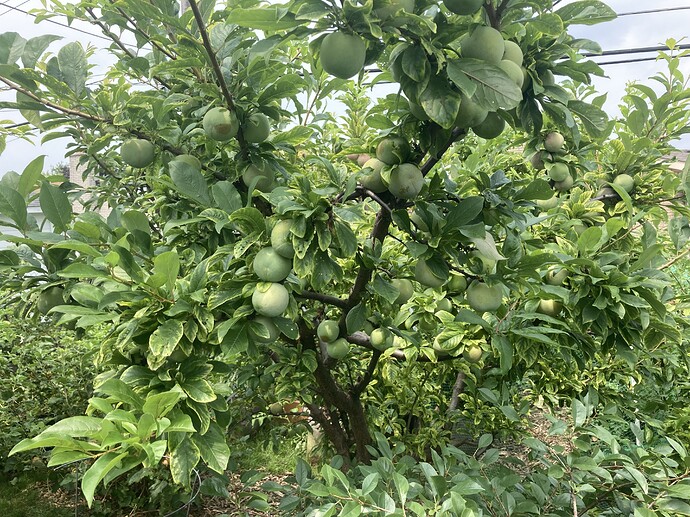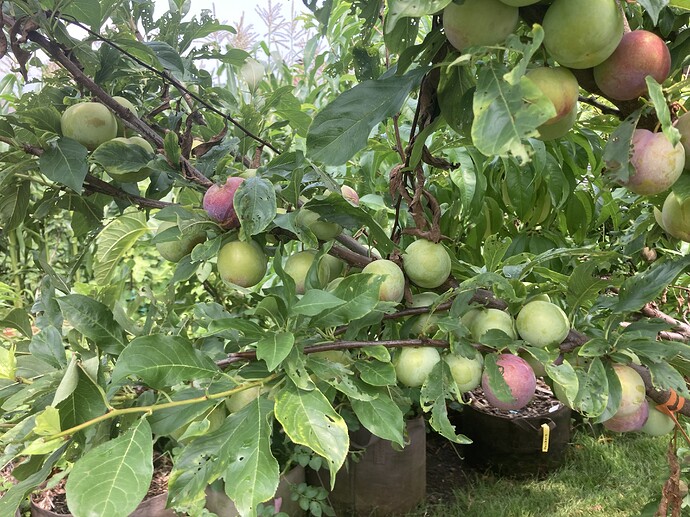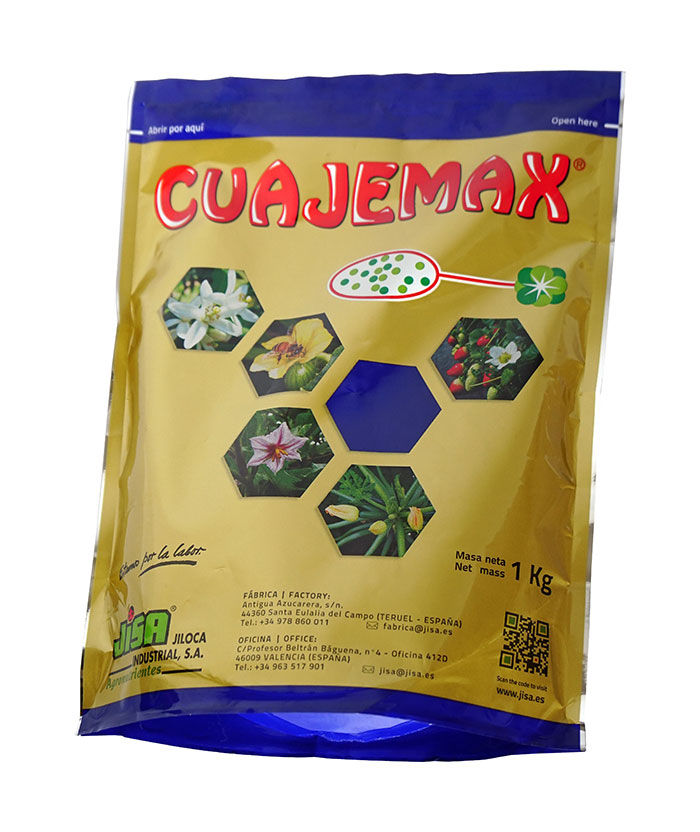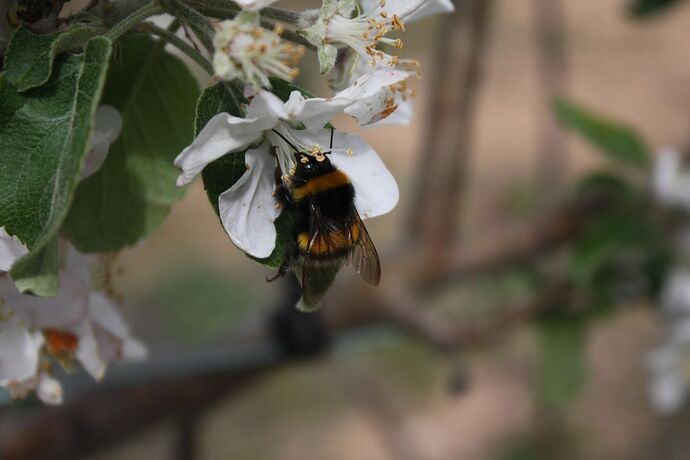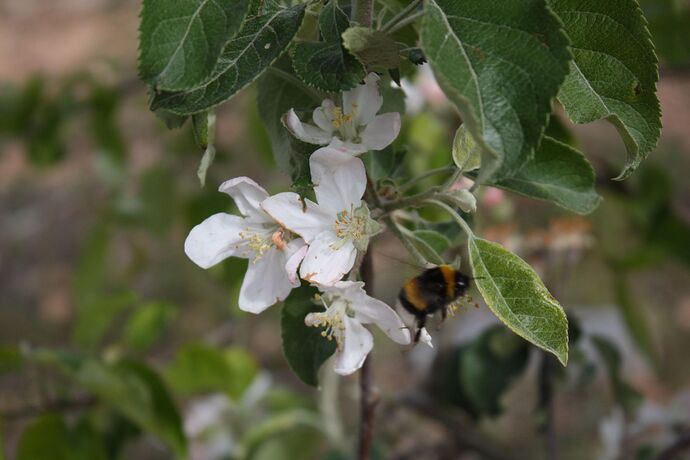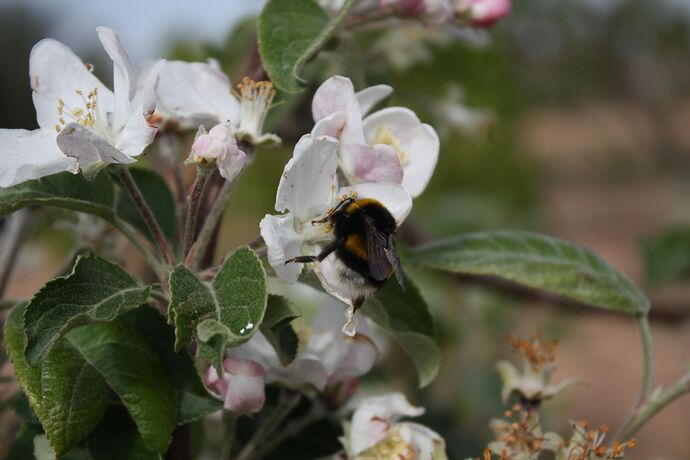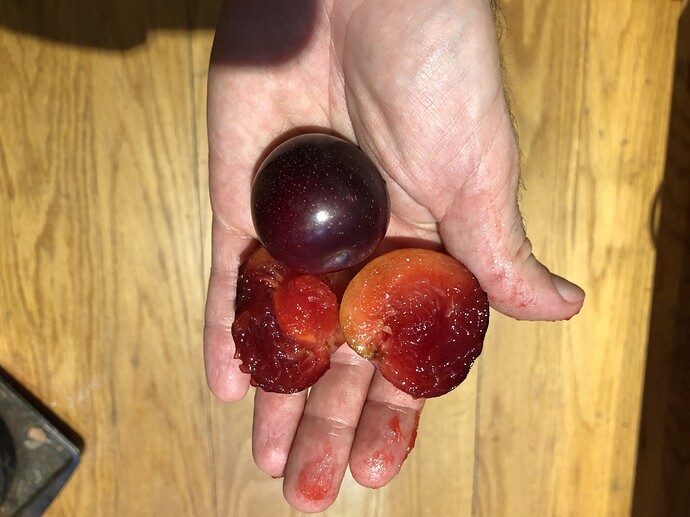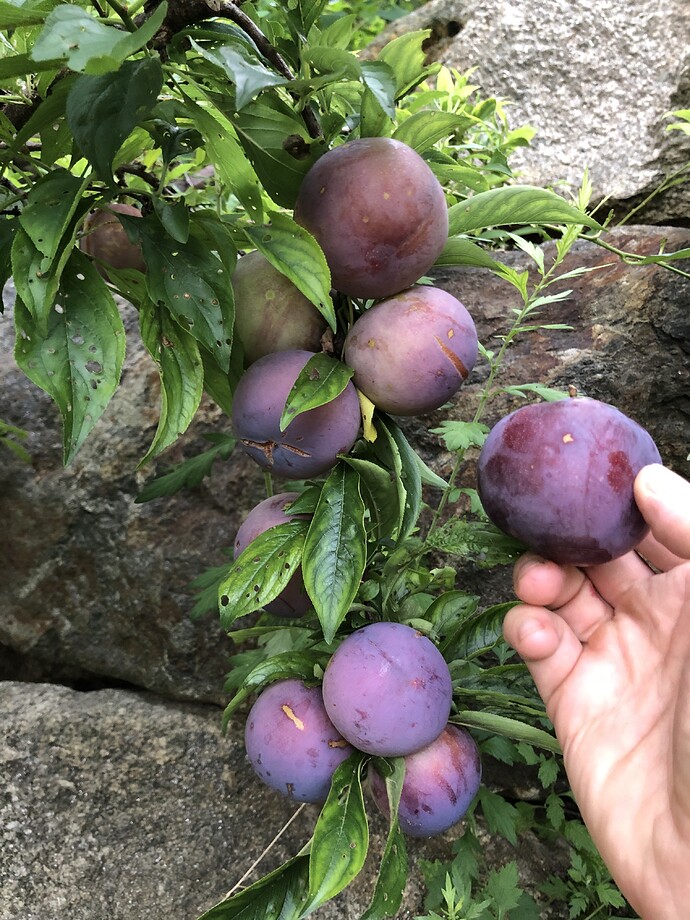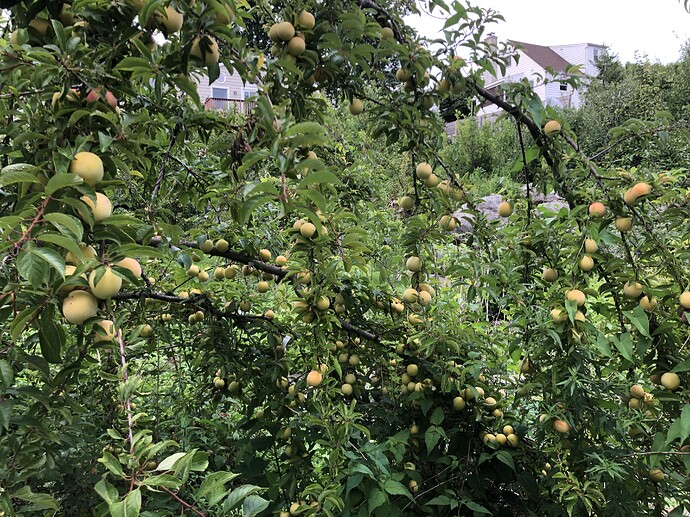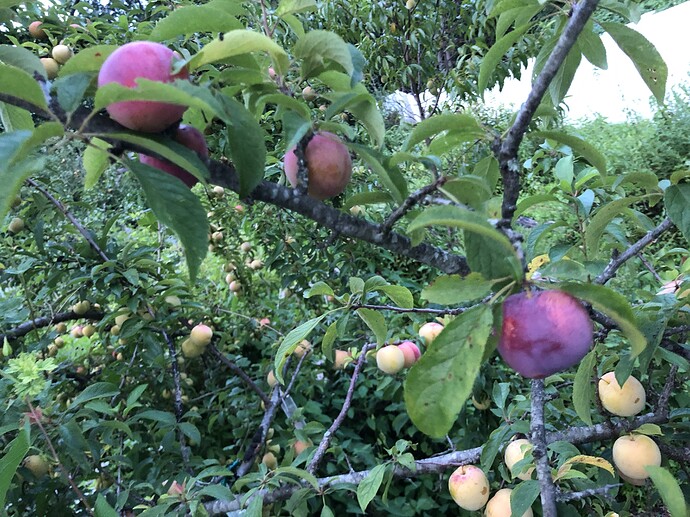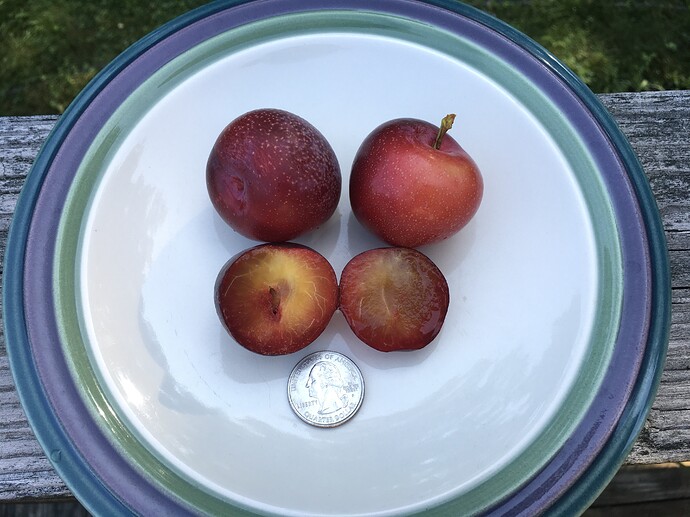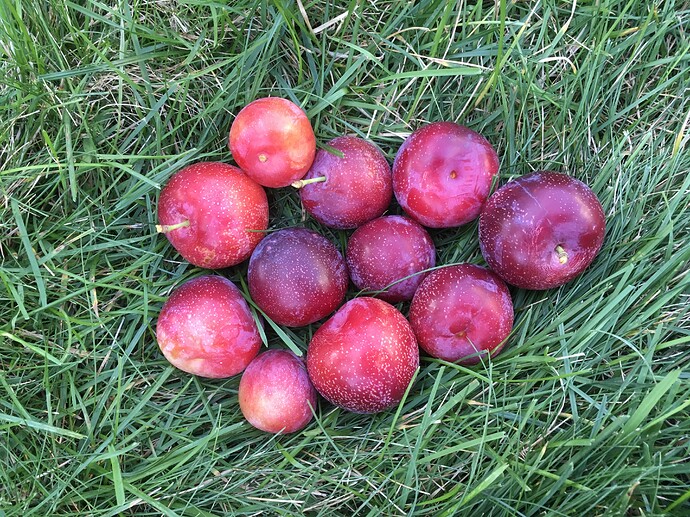Hi again Alan.
It is certainly a bit frustrating when trees that should be fruiting properly don’t get a “half decent” crop.
From my point of view there are some points that are of vital importance, and the document that you have attached touches on some of these issues.
-
First of all, the genetic predisposition of the variety in terms of fruit load must be taken into account.
There is a quite clear example in this sense in the field of cherries and it is that normally (there are some exceptions) , the good varieties of great caliber and good flavor, are not very productive varieties (the clearest example is the wonderful variety of sweet cherry " Rocket " , which is a true wonder, but it produces very small harvests, whatever is done, does not produce a crop, not even decent.
-
Secondly, both in Japanese plums, European plums and pluots, they are characterized by having a very short period of reciptivity, and this can be seen very complicated with the factors that we will see below.
-
Adverse weather conditions during the flowering and fruit setting period.
If we have a rainy year during the flowering period, we can already assure that the harvest is half lost.
-
Lack of pollinating insects.
It is not because there are no pollinating insects, the flowering period of Japanese plums and pluots is extremely early, so that most of the pollinating insects are totally inactive, especially bees, which of course do not fly in conditions of cold, windy or rainy .
-
Inadequate pollinating varieties.
There is a lot of literature regarding varieties and their pollinators, but each region of the world is a different story, and what may be valid for my region is not worth 200 kilometers in another direction, for that reason the best thing is to observe the periods of flowering, and to be acquiring empirical experience on the varieties that work well as pollinators in our orchards.
At an amateur level, we can take a couple of performances that are quite interesting.
- Inductors of flowering and fruit set
Personally, I have very good experience with this product from the Spanish company Jisa-Jiloca
Cuajemax
https://www.fertilizantesyabonos.com/cuajemax/
As the link is in Spanish, I translate its characteristics for you
FEATURES
CUAJEMAX® is a solid mixture of soluble NPK with a high concentration of phosphorus (P2O5) with Ascophyllum nodosum algae extract.
The solid algae extract has substances of great biochemical activity in the biological processes of plants, contains carbohydrates (alginic acid and mannitol) and natural phytohormones (auxins, gibberellins and cytokinins) specific to algae of great purity and physiological activity in plants .
CUAJEMAX® is a formulation that improves the processes from floral induction to fruit set, favoring greater flowering, greater quantity of pollen and its viability under unfavorable conditions, producing an increase in fruit set.
This product has a problem, and that is that it should only be used in varieties with poor fruit set, if it is applied in varieties with good fruit set (peaches, nectarines, etc …), thinning work can be multiplied by 10.
- Second action to improve fruit set and improve plum and pluot harvests.
Since the flowering of these varieties is extremely early, as I have already mentioned, the pollinating insects are inactive (at least in my region), so pollination is done simply by the action of the wind.
The bees during this period are inactive (at least the varieties of honey bees from Spain), so I recommend the use of bumblebees.
Be careful with this, we have to read it carefully.
Bumblebees are the best pollinators, since they have no problem flying in conditions of cold, windy and rainy .
Not all bumblebees are valid, and in each country the endemic species of each region must be used, for example here in Europe the common bumblebee (Bombus Terrestris) is used, since it is one of the European species and works wonderfully pollinating, but It cannot be introduced in a fool’s way as it can become an invasive species (in fact it is in the United States).
In the same way that there are for sale bumblebee “kits” for pollination of the Bombus Terrestris species, in the United States there should be for sale Bumblebee pollination kits of your endemic species.
These kits are available in Spain (they are for outdoor use), to be placed in the outdoor of fruit orchards .
https://controlbio.es/es/179-colmenas-para-exterior-frutales
As I avoid using chemicals as much as possible in my orchard, I have a large population of bumblebees of the Bombus Terrestris species, and in these photos you can see them in my flowering apple trees .
These are some experiences and tips that I can contribute.
Regards
Jose
